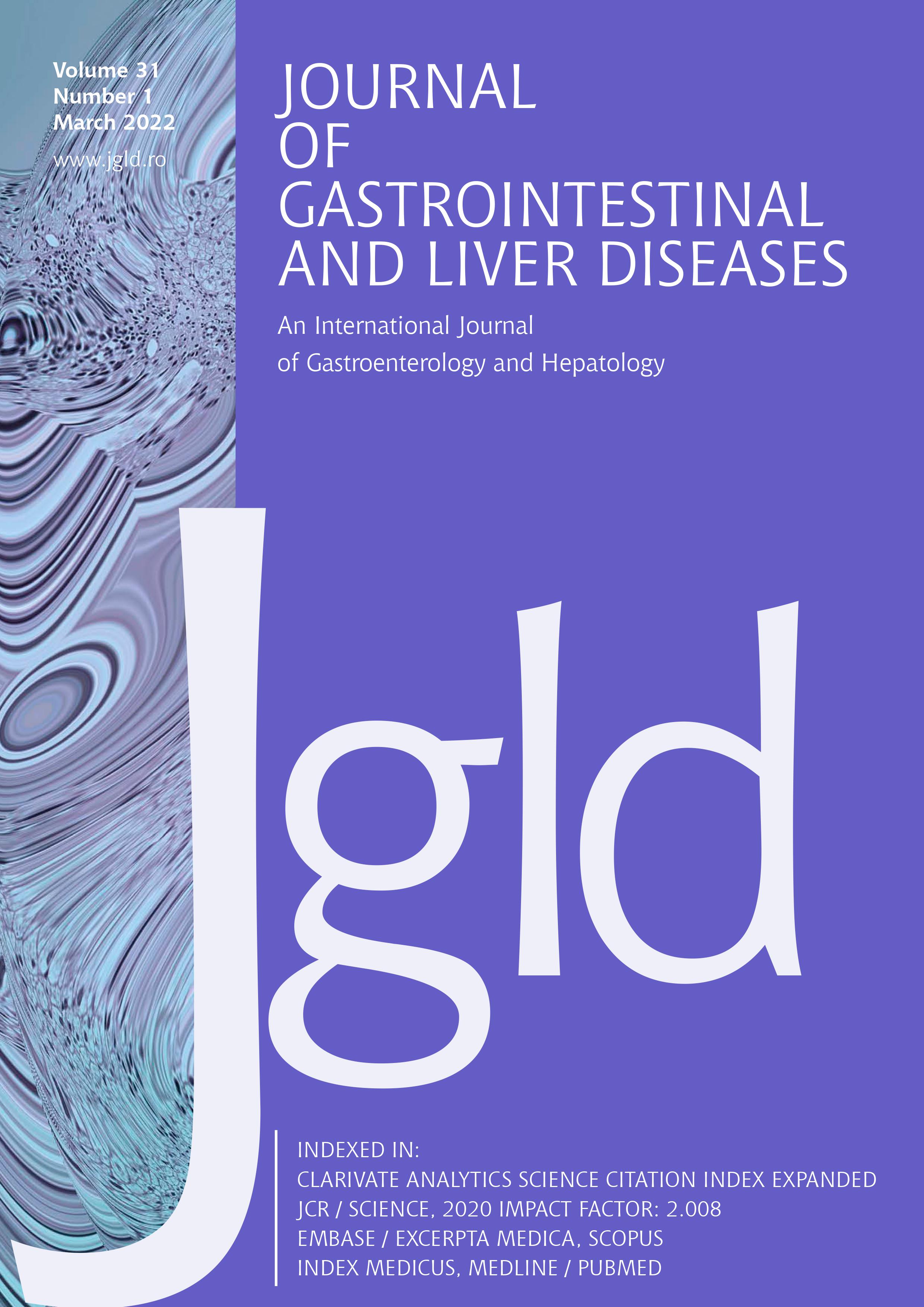An Observational and Cross-Sectional Study of the Prevalence of Breast Lesions and Metabolic Dysfunction-Associated Fatty Liver Disease and their Relationship in China
Keywords:
metabolic dysfunction, associated fatty liver disease, breast masses, breast cancer, ultrasonographyAbstract
Background and Aims: Metabolic dysfunction-associated fatty liver disease (MAFLD) has been proposed to replace the concept of non-alcoholic fatty liver disease (NAFLD). The relationship between MAFLD and breast lesions has not been reported. Therefore, we aimed to explore their prevalence and relationship among general population.
Methods: This cross-sectional study was conducted in the First Affiliated Hospital of Chongqing Medical University. After considering the exclusion criteria, 46,547 consecutive women who synchronously accepted breast and abdominal ultrasonography during one physical check-up between January 2015 and September 2018 were enrolled in this study. Prevalence of breast masses (BM), BI-RADS categories breast lesions and MAFLD in general population were revealed and the association between MAFLD and breast mass, BI-RADS categories breast lesions was analyzed by conducting logistic regression models.
Results: Of 46,547 participants, 8,020 (17.23%) had BM, 6,345 (13.63%) had MAFLD. Women with MAFLD had a lower BM prevalence than those without MAFLD (11.87% vs.18.08%; p<0.001). Overall, women with MAFLD had a lower risk of BM compared to those without MAFLD (adjusted OR=0.849, 95%CI: 0.775-0.930, p<0.001). Analysis based on BI-RADS categories breast lesions demonstrated that MAFLD is negatively related to BI-RADS 2/3 categories breast lesions (BI-RADS 2 category adjusted OR=0.980, 95%CI: 0.906-1.061, p=0.626; BI-RADS 3 category adjusted OR=0.736, 95%CI: 0.641-0.845, p=0.001), while associated with higher risk of BI-RADS ≥4 categories breast lesions (adjusted OR=1.220, 95%CI: 1.005-1.480, p=0.044). Subgroup analysis across age (18-44, 45-54 and≥55 years old) and body mass index (<25 and ≥25kg/m2) demonstrated that MAFLD was negatively associated with BI-RADS 2/3 categories breast lesions in premenopausal and perimenopausal women, and positively associated with BI-RADS ≥4 categories breast lesions in postmenopausal women, whether in obese or not.
Conclusions: MAFLD was inversely associated with BM and BI-RADS 2/3 categories breast lesions in premenopausal and perimenopausal women, irrespective of obesity presence; MAFLD increased the risk of BM and BI-RADS ≥4 categories breast lesions in postmenopausal women.


